Property Owners
Increase property values with affordable financing for efficiency improvements
According to the Environmental Protection Agency, the average commercial building wastes 30% of the energy it consumes. With energy costs on the rise—and an increasing focus on sustainability—conserving energy and reducing operating expenses continues to be a priority for commercial building owners in Montana.
However, longstanding barriers tend to impede investment in energy efficiency and conservation building improvements. Now, with the help of Last Best PACE, low-cost, long-term financing is available for energy efficiency improvements, renewable energy systems, and water conservation upgrades in participating communities!
How It Works
To take advantage of C-PACE, property owners develop energy efficiency, water conservation, and renewable energy projects with contractors of their choice. Property owners then apply to Last Best PACE to qualify their project for C-PACE financing according to the program requirements. Next, the property owners arrange C-PACE financing with a qualified C-PACE lender, and if applicable, acquire Mortgage Lender Consent. If the C-PACE project is approved, the Last Best PACE, property owner, and lender enter into a financing agreement that governs the terms of the Last Best PACE tax assessment.
C-PACE Financing provides:
- Low-cost, upfront financing that covers up to 100% of project costs
- Long repayment periods (terms can be 20+ years)
- Reduced energy consumption and operating expenses
- Upgraded, more efficient and modern systems
- Immediate return on investment/positive cash flow
- Increased net operating income and property value
- Shared cost and energy savings with building tenants (if applicable)
Projects Eligible for C-PACE Financing
Last Best PACE is available to eligible commercial and industrial property owners in participating communities. All building owners or eligible properties located within a C-PACE District may participate in C-PACE financing. "Eligible properties" include commercial, industrial, non-profit, mixed-use, agricultural, and multi-family (residential properties with four or more dwelling units). Government and residential property with fewer than three dwelling units are not eligible properties.
The program supports the redevelopment of existing buildings, as well as new construction projects. Please note that new construction projects require additional verification and documentation of energy savings above a baseline, as detailed in the Program Guidelines.
Energy Conservation Projects
C-PACE financing may be used to pay for Energy Conservation Projects - the installation or modification of an Energy Conservation Measure or the acquisition, installation, or improvement of a Renewable Energy System.
- An Energy Conservation Measure is a permanent cost-effective improvement fixed to real property, including new construction, and intended to decrease energy or water consumption and demand, including a product, device, or interacting group of products or devices on the customer’s side of the meter that use energy technology to generate electricity, provide thermal energy, or regulate temperature.
- A Renewable Energy System is a fixture, product, device, or interacting group of fixtures, products, or devices on the customer's side of the meter that uses one or more forms of renewable energy to generate electricity or to reduce the used of nonrenewable energy. The term includes a biomass stove but does not include an incinerator or a digester.
- Products or devices that are not permanently fixed to real property are not eligible for C-PACE financing.
TYPICAL MEASURES FUNDED BY C-PACE

HVAC

Lighting
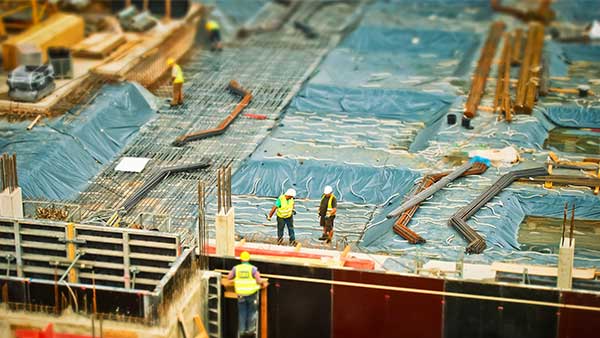
Envelope

Roofing Insulation
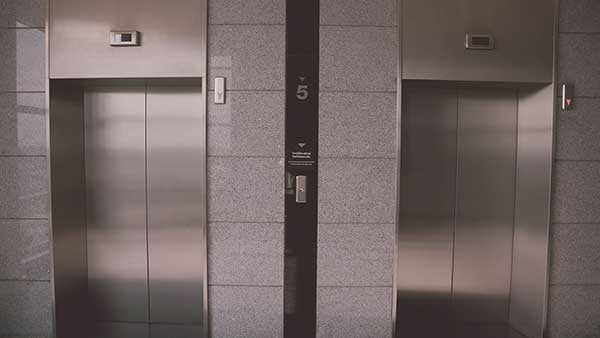
Elevators
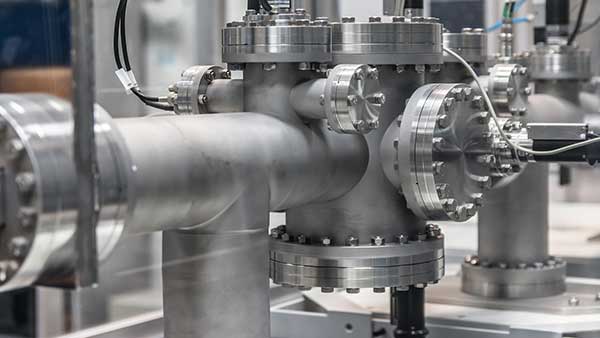
Water Reuse
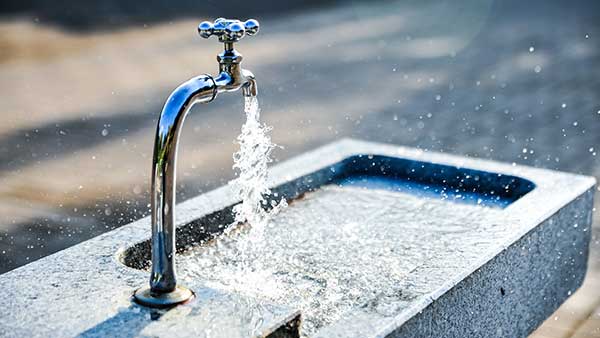
Water Fixtures

Irrigation
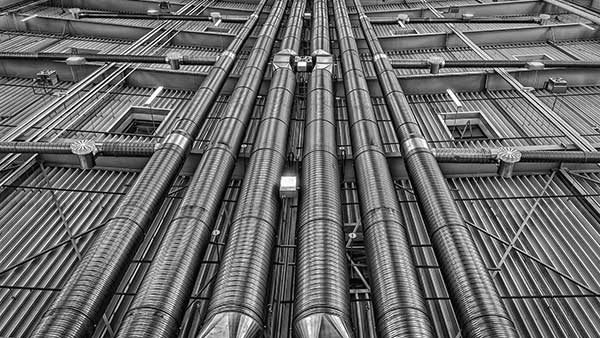
Cogen

Solar
Frequently Asked Questions
The Program Guidelines set forth the Last Best PACE guidelines and processes for which property owners seeking to complete a C-PACE project may receive information to utilize C-PACE financing. The Program Guidelines are subject to approval by the Montana Facility Finance Authority board of directors. A copy of the program guidelines are available here.
Any property located in a C-PACE district that is utilized for general commercial purposes such as retail, industrial, office, non-profit, agricultural, and hospitality uses, as well as certain multifamily properties with four or more dwelling units.
C-PACE is available for renovations, expansions and new construction projects including those that have been completed in the prior 36 months. C-PACE financing may be used to pay for Energy Conservation Projects - the installation or modification of an Energy Conservation Measure or the acquisition, installation, or improvement of a Renewable Energy System.
- An Energy Conservation Measure is a permanent cost-effective improvement fixed to real property, including new construction, and intended to decrease energy or water consumption and demand, including a product, device, or interacting group of products or devices on the customer's side of the meter that use energy technology to generate electricity, provide thermal energy, or regulate temperature
- A Renewable Energy System is a fixture, produce, device, or interacting group of fixtures, products, or devices on the customer's side of the meter that uses one or more forms of renewable energy to generate electricity or to reduce the use of nonrenewable energy. The term includes a biomass stove but does not include an incinerator or a digester.
- Products or devices that are not permanently fixed to real property are not eligible for C-PACE financing.
Types of equipment that may qualify as part of an Energy Conservation Project include, but are not limited to:
- High efficiency heating, ventilating and air conditioning (“HVAC“) systems
- High efficiency chillers, boilers, and furnaces
- High efficiency water heating systems
- Energy management systems and controls
- Distributed generation systems
- High efficiency lighting system upgrades
- Building enclosure and envelope improvements
- Water conservation and wastewater recovery and reuse systems
- Combustion and burner upgrades
- Heat recovery and steam traps
- Water management systems and controls (“indoor and outdoor”)
- High efficiency irrigation equipment
- Solar energy systems
Yes, C-PACE projects can qualify and receive additional rebates and incentives including grants, tax credits and rebates from utility providers. Property owners are encouraged to obtain all applicable government, utility provider or manufacturer rebates, and other upfront cost reductions to reduce the total C-PACE project cost for purposes of calculating the amount of the C-PACE loan.
The property owner must submit an Energy Assessment or Renewable Energy Feasibility Study for the C-PACE project that evaluates the proposed improvements the owner is seeking to finance and is consistent with the requirement set forth in the Program Guidelines. The C-PACE project must be shown to be cost-effective in that the estimated monetary savings of the project will be equal to or greater than the cost of the project over the life of the improvement(s).
All property owners must provide the written consent of the existing mortgage lender or other real property lienholder of record on the eligible property prior to the closing of the project financing. The lender consent template that property owners need to complete is available here.
The C-PACE financing term should not exceed the expected life of the proposed improvements as described in the Energy Assessment. For projects that include multiple improvements, the weighted average useful life of the improvements must equal or exceed the term of the C-PACE financing. Depending on the equipment installed terms are often made for 20+ years.
The following costs may be rolled into the C-PACE financing:
- Energy Assessments/Renewable Energy Feasibility Studies
- Equipment costs
- Installation costs
- Operation and Maintenance (O&M) costs
- Feasibility costs
- Recording fees
- Energy Evaluations
- Design, drafting, engineering, labor costs
- Permit fees
- Inspection charges
- Appraisal costs
Origination Fee
The Origination Fee is paid to the Last Best PACE Program at or prior to the C-PACE Financing closing date. This fee represents an up-front administration fee that equals one and one quarter percent (1.25%) of the C-PACE Financing amount. The minimum Origination Fee shall be $1,000, with no maximum fee amount. The Origination Fee may be capitalized into the C-PACE Financing amount for the C-PACE Project.
Administrative Fee
For each current C-PACE Project, an Administrative Fee of one percent (1.0%) of the annual payment, up to an annual maximum of $3,000, will be charged each year until the assessment is paid in full. This will be calculated and included in the project amortization schedule. Upon receipt of the funds from the Local Government, the Last Best PACE Program will deduct the fee prior to remitting the loan payment to the C-PACE Lender.
The Origination and Administrative fees outlined above do not include any specialized professional services that may be necessary should the circumstances of any particular C-PACE Project require them. For example, and without limitation, should any participant in a C-PACE Project submit substantive comments to the Last Best PACE Program documentation, request a legal opinion from program counsel or require other time and resource intensive review of a transaction, the Record Owner shall be responsible for covering such Last Best PACE Program expenses at cost. Prior to a C-PACE Financing closing, evidence that such expenses will be paid before the closing is required. These specialized professional services expenses may be paid out of the proceeds of the C-PACE Financing.
C-PACE financing is available for the construction of new buildings as well as the substantial (gut) renovation OR adaptive reuse of vacant buildings. New construction projects, unlike existing-building retrofits, do not benefit from a history of pre-improvement energy consumption data from which baseline energy consumption can be formulated. Without the benefit of this baseline building performance data, additional Energy Assessment requirements are necessary.
Yes, property owners with retroactive C-PACE projects may apply to Last Best PACE to be approved for C-PACE financing. Retroactive C-PACE projects are subject to the following additional requirements:
- All such retroactive C-PACE financings must occur within thirty six months of the time elapsed between the later of the completion of the installation or the certificate of occupancy for the eligible property and application of the C-PACE financing, unless otherwise approved by the Authority.
- For any such retroactive C-PACE project, the term of the C-PACE financing will be reduced to account for any of the Energy Conservation Measure’s life that has elapsed between the time of installation and the close of a C-PACE Financing. For example, if a C-PACE Financing is funded one year after the later of either the installation of the Energy Conservation Measure (s) or certificate of occupancy, the eligible term of the financing will be reduced by one year.